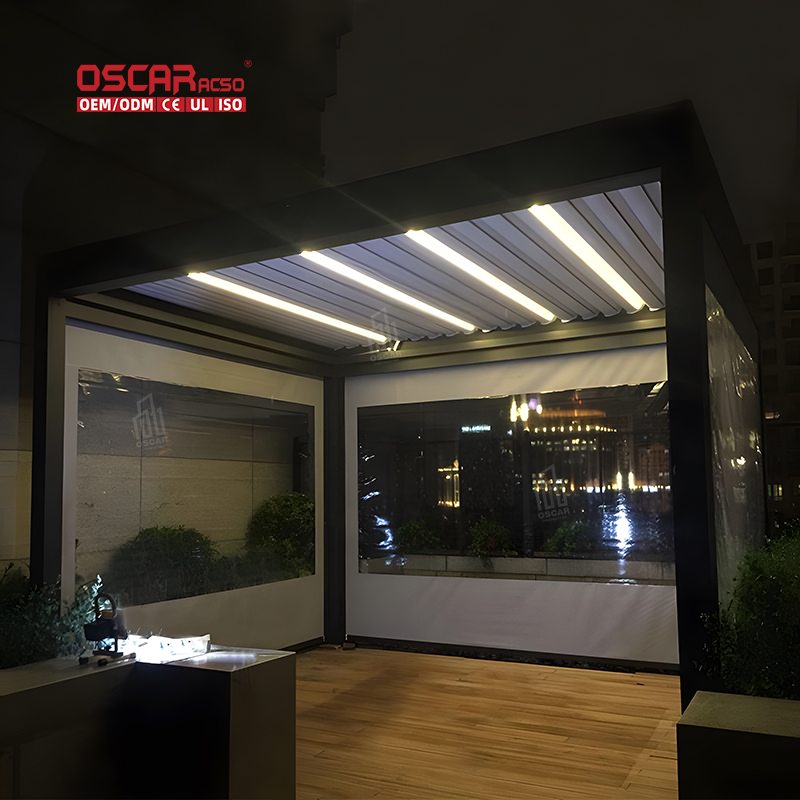Pergola Flooring Tiles, Transform Your Outdoor Space with Style
When designing your perfect outdoor retreat, the foundation matters just as much as the structure above. Pergola floorin...
🔥 Why Choose Tiles Under Your Pergola?
💎 Top Pergola Flooring Tile Options
⚙️ Installation Made Simple
💡 Pro Tips for Selection Success
- •
Climate Compatibility – Select materials that can withstand your local weather conditions. For freeze-thaw cycles, porcelain and certain composite tiles excel, while in hot climates, materials that stay cool underfoot like natural stone might be preferable. - •
Usage Patterns – High-traffic areas demand more durable surfaces. For entertainment spaces, consider porcelain or composite tiles; for family areas with children, rubber tiles provide safety and comfort. - •
Maintenance Requirements – Be honest about how much upkeep you’re willing to perform. Natural stone may require regular sealing, while composite and rubber tiles typically need only occasional cleaning. - •
Aesthetic Coordination – Choose tiles that complement your pergola’s materials and your home’s architectural style. Wood-look tiles beautifully complement wooden structures, while modern composite tiles might better suit contemporary aluminum pergolas. - •
Barefoot Comfort – Consider how the surface feels to walk on. Materials like rubber and certain wood composites provide comfortable, splinter-free surfaces perfect for barefoot enjoyment.
🌟 Creative Design Applications
🛠️ Long-Term Maintenance & Care
💫 Final Thoughts
.jpg)
.jpg)
.jpg)

.jpg)

